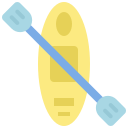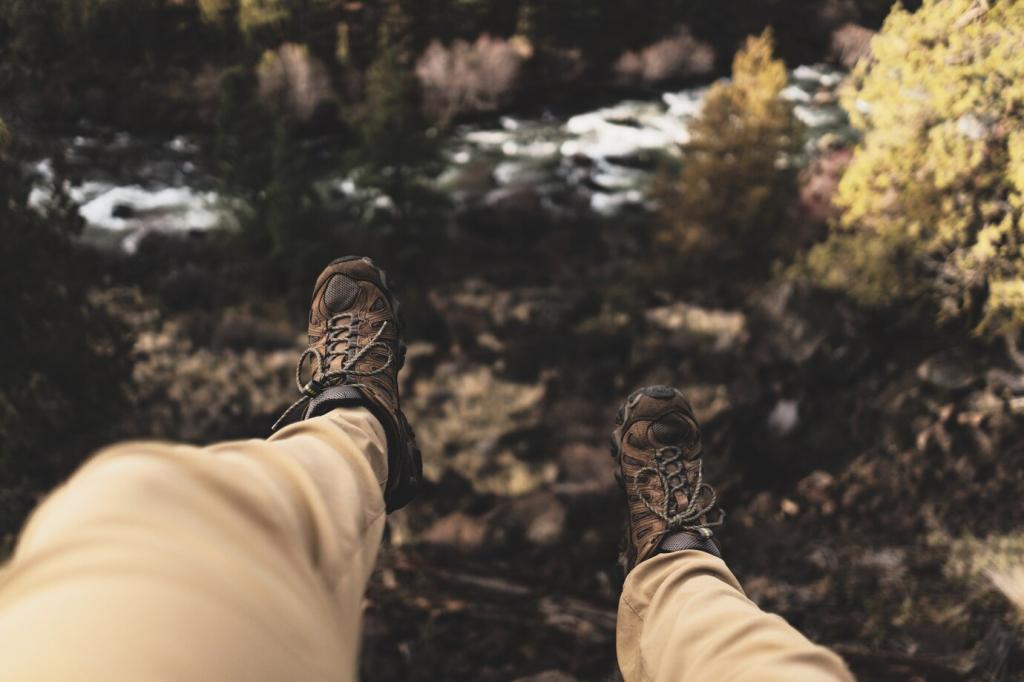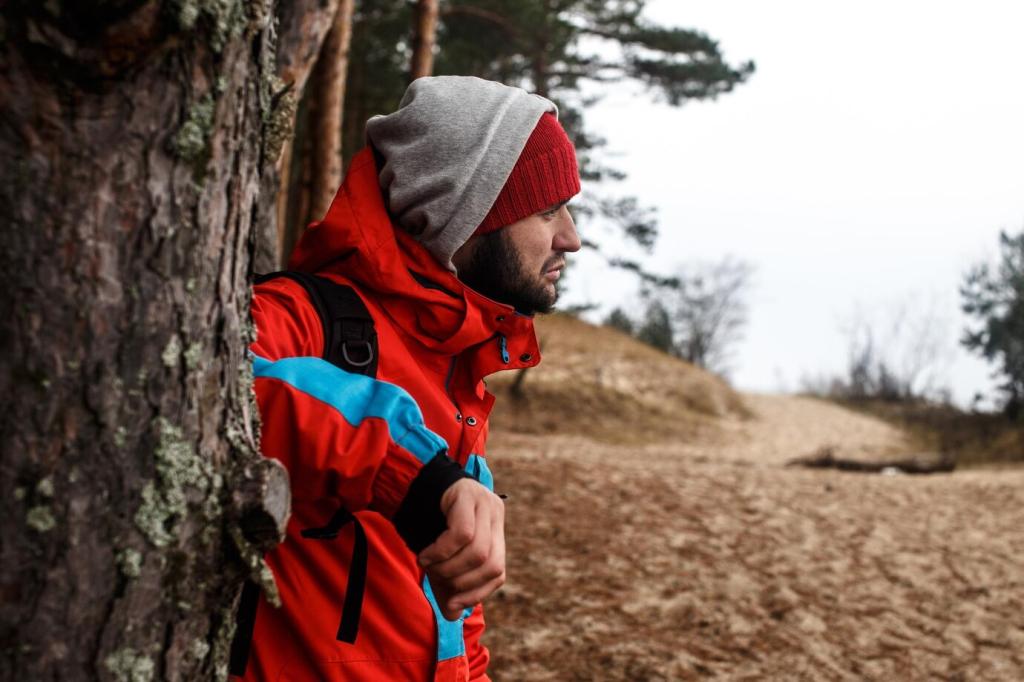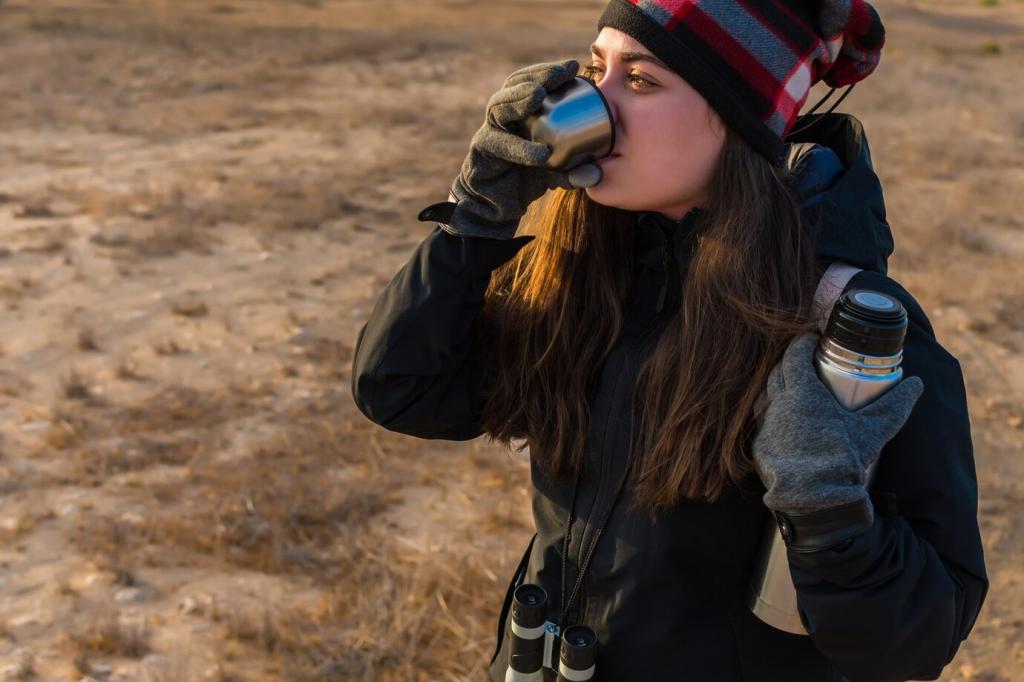Navigation, Weather Checks, and Communication Backups
Teach a basic bearing, landmark spotting, and shoreline handrails using a simple baseplate compass. Make a game: who finds the next inlet by matching map symbols to real features? Kids who navigate become calmer passengers, and adults can focus on lines, not arguments, when winds shift.
Navigation, Weather Checks, and Communication Backups
Check hourly forecasts and wind gusts, then set turn-around times. Pack a quick-deploy tarp and guy lines to wait out showers onshore. We once delayed a departure by thirty minutes to dodge a squall; the sunshine paddle that followed felt like a victory earned by patience.




